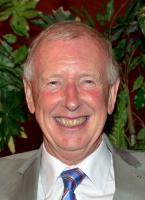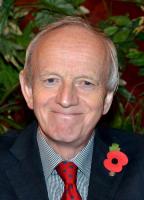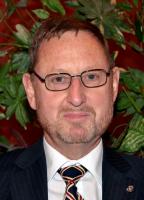Speaker - Paul Buckley of St. John Ambulance - How to use a defibrillator
Wed, Nov 23rd 2016 at 6:30 pm - 9:00 pm
Paul came to show us how to use a defibrillator and received a cheque for a second unit. -------- Speaker Finder Alan Arthur, Visitors Host Grace and Banners Geoff Brown, Cash Desk Derek O'Hearne
Paul Buckley the area representative for St. John Ambulance came to tell us how a defibrillator is used. He brought with him the defibrillator that we gave to St John Ambulance a few month ago. While he was with us we presented him with a cheque for £1,000 to purchase a second unit complete with a spare battery.
Paul explained that a defibrillator should more accurately be called an AED (Automatic External Defibrillator). He then gave a brief demonstaration of what should be done:
1. Call 999
If you see someone collapse, immediately call 999 and get the paramedics en route. If there are other people around, choose someone specific and instruct them to call 999 and explain the situation. This decreases confusion about who should do what and ensures that the call is being placed.
2. Check the victim's breathing and airway
If someone has collapsed, you should immediately determine whether they are breathing. If the victim is breathing, you know that they have a pulse. If the victim is not breathing, check the airway is clear then begin CPR by giving 30 chest compressions at a depth of one third (1/3) of the chest thickness and then give 2 breaths.
3. Locate an AED
If there is an AED nearby, ask a bystander bring the AED to you while you continue CPR. Apply the AED electrode pads to the bare chest of the victim and follow the prompts as instructed. Uninterrupted CPR is an important factor in increasing the recovery rate of cardiac arrest patients.
4. Turn on the AED
Follow the prompts of the AED
5. Attach the electrode pads to patients bare chest
First ensure that the adhesive AED pads are attached to a cable, which is plugged into the AED machine. Then bare the victim's chest and attach the adhesive AED pads in the appropriate locations. The AED should include a diagram (typically on the adhesive pads themselves) indicating where each pad placed on the patients chest. It is important not to touch the victim while the AED is "analysing" as it may detect your heart rhythm.
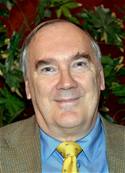 Contact Alan Arthur about this page:
Contact Alan Arthur about this page:
'What We Do' Main Pages:

Coming under Community this part of the group exists to undertake environmental projects on behalf of the club.
more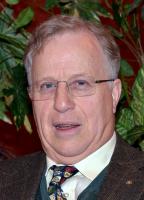
This committee provides the link with Rotary Internationals main charitable trust which primarily deals with projects having a global nature.
more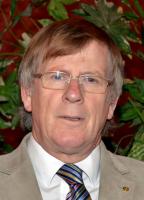
Rotary is not just about doing good deeds but also about enjoying yourself and this committee organises social activities. This page contains an archive of some of our activities.
moreThis committee works with the other committees to help them raise funds for their individual projects to support charities locally, nationally and internationally.
moreThis is the vehicle that donates the money that we have raised to the various good causes that we support. Its official name is The Rotary Club Of Bradford Blaize Trust Fund and its registered number with the Charity Commission is 514621.
moreThis committee organises social events and deals with the day to day running of the club.
moreThis committee exists to provide PR and communications between the members and also to provide links to non members through the web site and Facebook.
more


